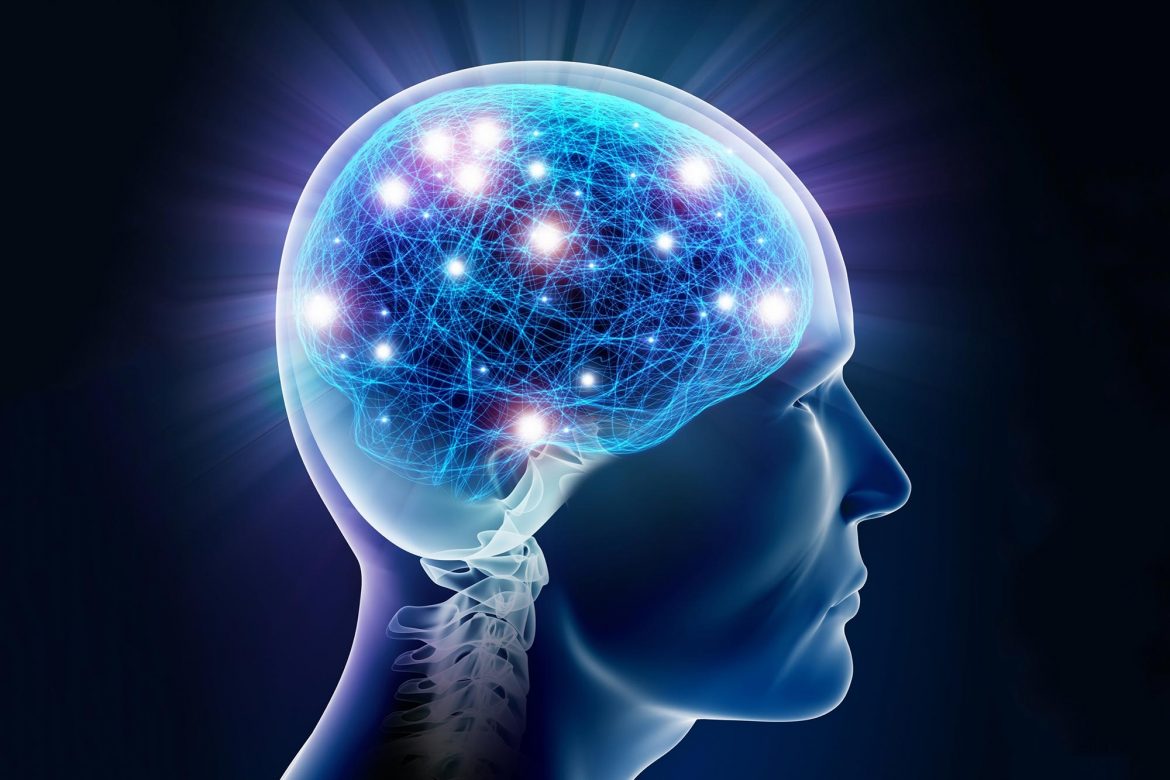The first induced pluripotent stem cell model of PTSD provides insights into underlying genetics and novel therapeutic prospects.
The study, published on October 20 in Nature Neuroscience, is the first to investigate PTSD using induced pluripotent stem cell models. It was carried out by a group of scientists from Mount Sinai’s Icahn School of Medicine, the James J. Peters Veterans Affairs Medical Center, Yale School of Medicine, and The New York Stem Cell Foundation Research Institute (NYSCF). Post-traumatic stress disorder (PTSD) can develop in the aftermath of extreme trauma and is a major public health issue for both veterans and civilians.
However, it is unknown how much hereditary and environmental factors influence individual clinical outcomes. To fill this knowledge vacuum, the researchers evaluated a group of 39 combat veterans with and without PTSD from the James J Peters Veterans Affairs Medical Center in the Bronx. Skin biopsies were performed on veterans, and their skin cells were transformed to become induced pluripotent stem cells.
“Reprogramming cells to become induced pluripotent stem cells is like virtually transporting cells back in time to when they were embryonic and had the ability to generate all the cells of the body,” said Rachel Yehuda, PhD, Professor of Psychiatry and Neuroscience at Icahn Mount Sinai and Director of Mental Health for the James J.
Peters Veterans Affairs Medical Center, and the paper’s senior author. “These cells can then be differentiated into neurons with the same qualities as that person’s brain cells had before trauma happened, allowing them to operate differently.” These neurons’ gene expression networks show early gene activity originating from genetic and very early developmental contributions, hence they depict the ‘pre-combat’ or ‘pre-trauma’ gene expression state.”
“Two people can suffer the same event, but they won’t necessarily both acquire PTSD,” said co-author Kristen Brennand, PhD, Elizabeth Mears and House Jameson Professor of Psychiatry at Yale School of Medicine and a NYSCF — Robertson Stem Cell Investigator Alumna.
“This form of modelling in brain cells from people with and without PTSD helps explain how heredity can predispose someone to PTSD.”
The scientists subjected the induced pluripotent stem cell-derived neurons to the stress hormone hydrocortisone, a synthetic counterpart of the body’s own cortisol that is employed as part of the “fight-or-flight” response, to imitate the stress reaction that causes PTSD.
“Adding stress hormones to these cells simulates biological impacts of warfare, allowing us to understand how distinct gene networks mobilise in response to stress exposure in brain cells,” Dr. Yehuda added.
Using gene expression profiling and imaging, the researchers discovered that neurons from PTSD patients were hypersensitive to this pharmacological trigger.
The researchers were also able to identify distinct gene networks that responded differently after being exposed to stress chemicals.

